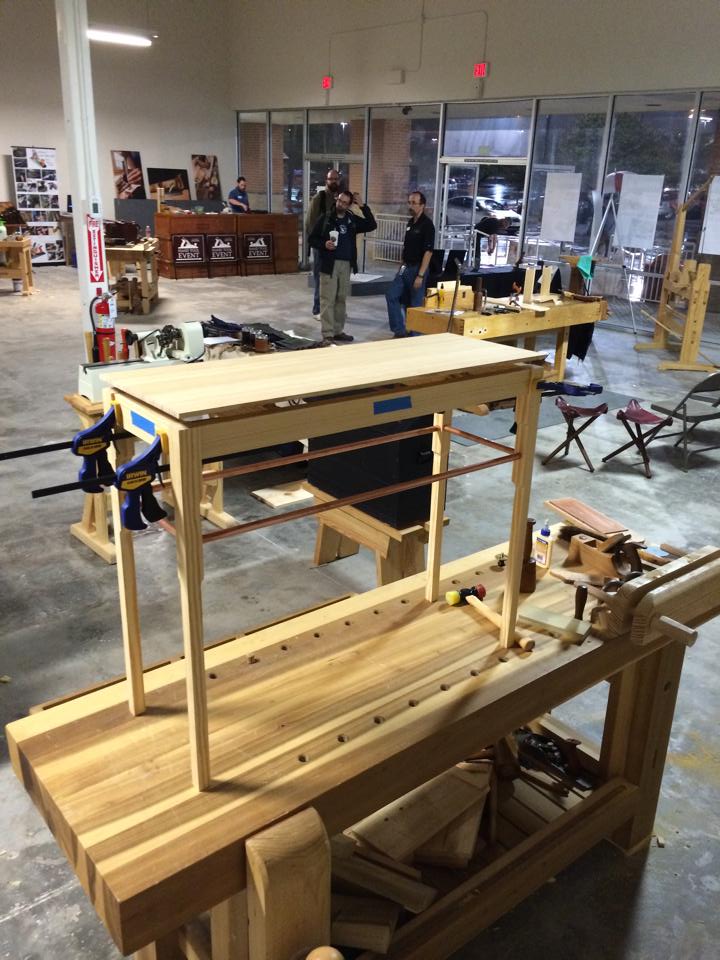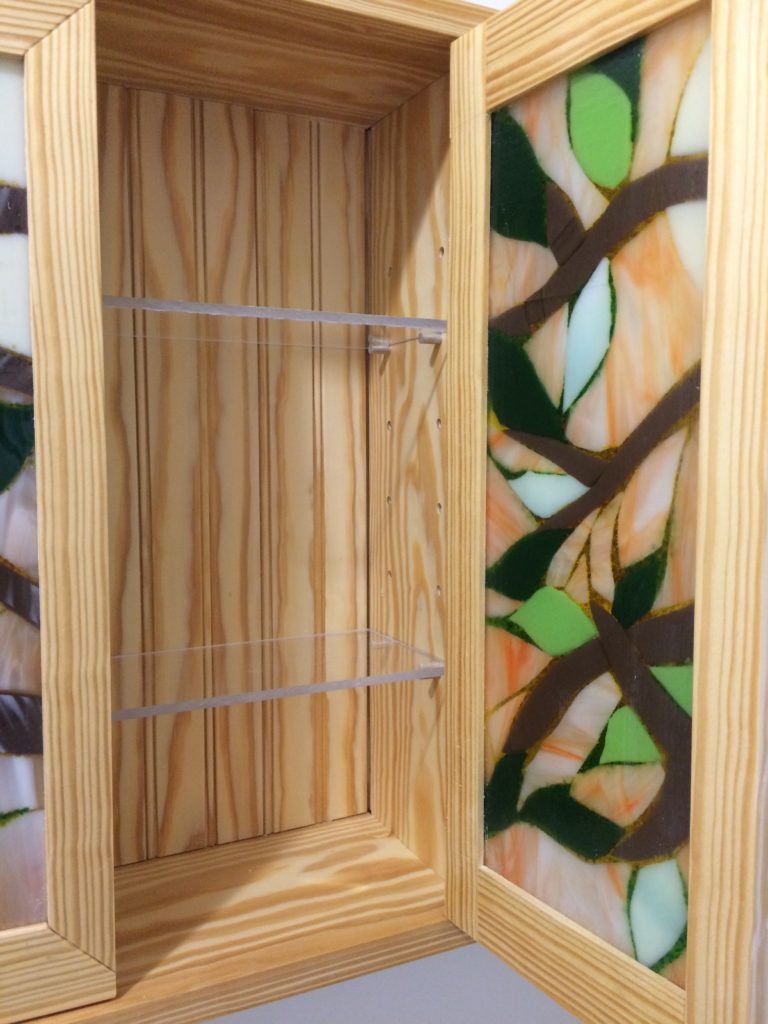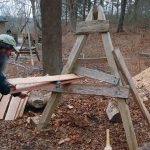We may receive a commission when you use our affiliate links. However, this does not impact our recommendations.
 Construction pine, the stuff you get at the big box stores, has a bad rap with woodworkers. It’s poorly dried, hard to work and moves way too much. It grows too fast so the grain is too wide and varied. It’s for carpentry projects…
Construction pine, the stuff you get at the big box stores, has a bad rap with woodworkers. It’s poorly dried, hard to work and moves way too much. It grows too fast so the grain is too wide and varied. It’s for carpentry projects…
I also know this. It’s cheap, requires good tool techniques, needs proper design consideration and demands sharp edges. Which makes it perfect for new woodworkers, experiments or items not destined for gallery status.
The key to using construction lumber for furniture is how you approach it.
Texas Hill Country seems to be on the faultline of the types of construction lumber we can get. To the south and east you get Southern yellow pine (SYP) but to the north and west the smaller dimensions are white wood (SPF). These names designate a lot of species with similar properties. I prefer SYP.
All of the stuff is labeled “kiln dried” – but you should assume that’s false advertising. So approach the stuff as green wood straight from the mill and full of moisture; treat it as such and you won’t have as many surprises.
 Green wood moves, so I seek out the widest and longest SYP boards possible, 2x12x16s, with clear and tight grain. Look for a board with the pith (the middle of the tree) in the middle. If you need stock for items that will be seen on all four sides (table legs) choose wood that is cut just to the side of the pith, so some bastard grain (growth rings 30° and 60° to the surface) will be present. Check that the pith or flat-sawn section is in the center on both ends to reduce the chance for reaction wood. When I get home I process the boards.
Green wood moves, so I seek out the widest and longest SYP boards possible, 2x12x16s, with clear and tight grain. Look for a board with the pith (the middle of the tree) in the middle. If you need stock for items that will be seen on all four sides (table legs) choose wood that is cut just to the side of the pith, so some bastard grain (growth rings 30° and 60° to the surface) will be present. Check that the pith or flat-sawn section is in the center on both ends to reduce the chance for reaction wood. When I get home I process the boards.
My process involves cutting out the pith and knots on the band saw, then I run both sides through the thickness planer to reveal any case hardening (checks and splits that don’t always show on the surface). Then I sticker and store this stock for a few months so that it can dry for a future project. This creates at least 16 board feet (bf) of perfect quartersawn stock for less than $1 bf. That’s a perfect amount for a side table.
Whenever I make a trip to the big box store, I’ll make a trip through the lumber section to see if I can quickly spot a good board or two. This keeps a constant supply of stock available at the shop to use without a huge capital investment.
At that price point, it is the perfect material to push limits.
Here are some supplies and tools we find essential in our everyday work around the shop. We may receive a commission from sales referred by our links; however, we have carefully selected these products for their usefulness and quality.










I have been removing 2×12 and 2×10 cut offs from construction dumpsters for some time to use as leg stock for various table projects. The fact that they come from the center of these fast growing trees almost always assures great grain patterns for legs (straight)! Also, they are great for practice and prototypes so you aren’t burning up the cherry, walnut and maple. When the legs and aprons are painted they also make a wonderful base for the aforementioned hardwoods as table tops.
I have an application where I go through 30 to 50 2×4’s a week. Almost every batch of has one or two boards that are reasonably clear and with good grain. I call them “mistakes”. As in the big box missed sorting them out. I set the mistakes aside sticker and let them dry. I have used them to make a storm door, several cabinets and a couple benches.
Even if you don’t go as far as prepping and stocking construction lumber in the shop, it’s amazing what simply ripping the ugly edge radius off a 2×4 does for shop furniture and fixtures. That’s the moment when it stops existing as construction lumber and becomes stock.
Waving to Curtis, Mark and Jason…
A consolidated list of how to cope with pine’s other quirks might expand this into a full article…
I’ve certainly considered using pine to prototype projects. Not convinced it would work as a secondary wood but not sure it wouldn’t, if wood motion was allowed for. And certainly a lot of practical furniture was traditionally made of pine; it’s durable enough that some folks have built pine workbenches, after all.